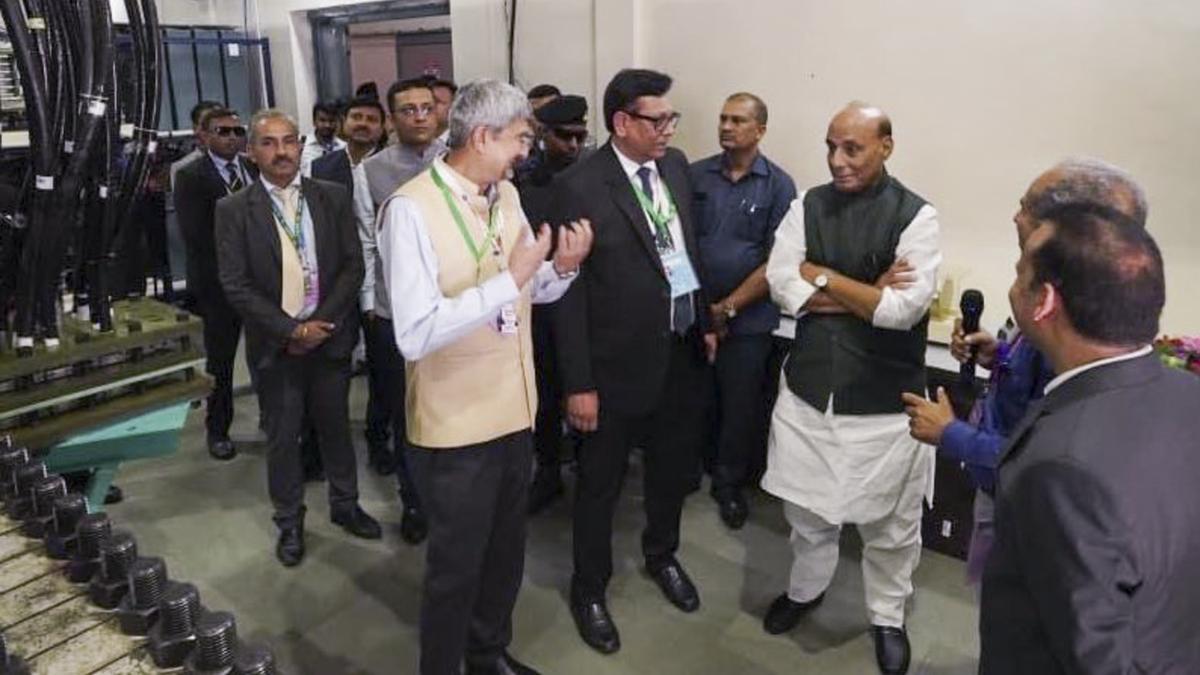A report by global science and policy institute Climate Analytics has warned that Asia’s expansive plans for Carbon Capture and Storage (CCS) could lead to nearly 25 billion tonnes of additional greenhouse gas emissions by 2050, threatening the Paris Agreement’s 1.5°C climate target and locking the region into costly and uncompetitive fossil fuel pathways.
Released on Monday (October 6, 2025), ahead of the Japan CCS Summit on October 15-16, the report, titled The global climate risks of Asia’s expansive carbon capture and storage plans, evaluated CCS strategies across nine major economies - China, India, Japan, South Korea, Indonesia, Thailand, Malaysia, Singapore, and Australia - which together account for over half of global fossil fuel use and greenhouse gas emissions.
Bill Hare, CEO of Climate Analytics, said, “Asia is at a crossroads, while countries haven’t yet gone fully down the CCS path, many are tailoring policies to protect fossil fuels. This is a very risky strategy, not only for the Paris Agreement, but for these economies themselves.”
The report identifies two major risks: an “underperforming high-CCS” pathway, where CCS is deployed but fails to meet expected capture rates, and an “unachieved high-CCS” pathway, where CCS is promoted but not realised, diverting resources from proven zero-emission technologies. In either scenario, the region could emit an additional 24.9 gigatonnes of CO₂-equivalent by 2050 - more than the cumulative fossil fuel emissions of South Korea and Australia combined.
James Bowen, lead author of the report, said, “We find a strong possibility that Asian countries could increase their support for CCS through to 2050, risking a significant lock-in of unabated fossil fuels and stranded asset costs, let alone risks to the world achieving the Paris Agreement 1.5°C warming limit.”
India’s emerging role in the CCS debate
India, one of Asia’s largest emitters alongside China and Japan, is developing a national CCS mission aimed at scaling up deployment. The report noted, however, that India’s CCS presence remains minimal, with no significant operational projects or transport and storage infrastructure. India is largely disconnected from the Japan–South Korea–Southeast Asia–Australia CCS nexus.
Despite this, India’s industrial growth trajectory makes it a critical player in the CCS debate. The country is already the second-largest steel consumer globally, with demand projected to grow 6.3% annually between 2025 and 2030. Cement consumption in India and South Asia could rise by over 40% during 2025–2035. These sectors are considered “hard-to-abate” and potential candidates for CCS, though the report cautions that emerging zero-emission technologies may offer more cost-effective solutions.
India’s largely domestic fossil fuel use gives it flexibility to shift toward renewables without external market pressures. The report highlights India’s progress in deploying renewables, electric vehicles, and green hydrogen, suggesting the country could avoid CCS dependence if it prioritises clean energy and industrial innovation.
However, the economic risks remain significant. The report estimates that India would require approximately $4.3 billion in government support to enable CCS adoption - raising questions about whether such investment would be better directed toward scalable, low-cost alternatives.
CCS, a lifeline for fossil fuels
Despite being marketed as a climate solution, CCS has consistently underperformed. Capture rates often hover around 50%, far below the 95% needed for meaningful abatement. Moreover, 80% of current CCS projects use captured CO₂ for enhanced oil recovery (EOR), extending fossil fuel extraction.
The report finds that CCS in the power sector could result in electricity costs up to twice that of renewables backed by storage, making it economically unviable in most Asian markets.
Sectoral misalignment and strategic motives
Most CCS projects in Asia target sectors with viable zero-emission alternatives, such as natural gas, LNG processing, and hydrogen production. Hard-to-abate sectors like cement and steel have received minimal CCS investment.
Governments in Japan, South Korea, and Australia are among the most active CCS proponents, offering financial and regulatory support to sustain fossil fuel production. Southeast Asian nations, including Indonesia, Malaysia, and Thailand, are positioning themselves as CO₂ storage hubs, often in partnership with oil and gas companies. Singapore is developing a regional CCS hub with ExxonMobil and Shell, reinforcing its role as a fossil fuel transit centre.
Alternatives are cheaper
The report urges Asian governments to pursue a “deliberate low-CCS pathway,” prioritising renewables, electrification, and energy efficiency. These technologies are already more cost-effective than fossil fuels even without CCS.
In 2023, the global average cost of solar and wind power was significantly lower than fossil fuel-based electricity. Countries like China, India, and Vietnam have already seen renewables outcompete fossil fuels in cost. A high-CCS pathway could cost $30 trillion more globally than a low-CCS pathway by 2050.
Even in traditionally hard-to-decarbonise sectors such as steel, cement, and fertilisers, zero-emission alternatives are emerging. Green hydrogen-based steelmaking, low-carbon cement technologies, and renewable ammonia production offer viable pathways without reliance on CCS.
The report emphasises that CCS should be treated as a last resort, not a frontline climate solution, and calls on Asian governments, including India, to prioritise fossil fuel phaseout and invest in clean technologies.

 1 week ago
7
1 week ago
7









 English (US) ·
English (US) ·